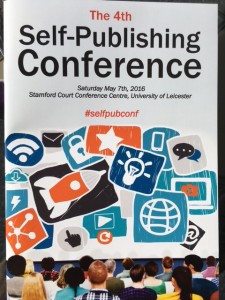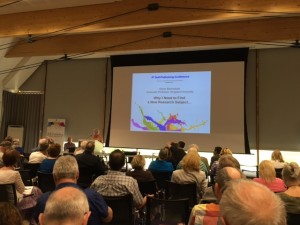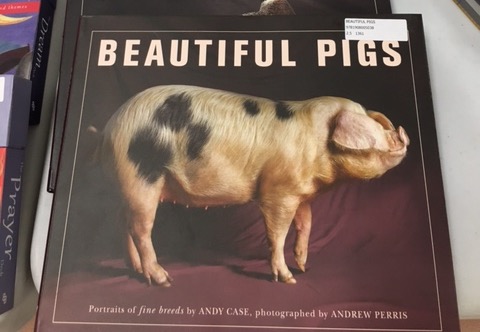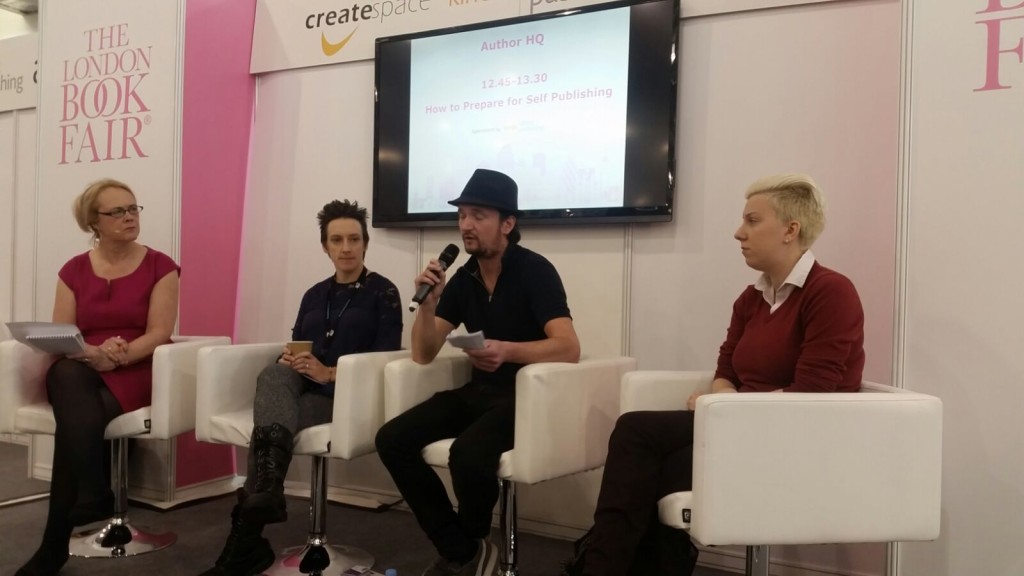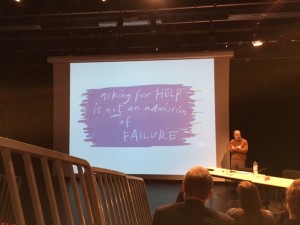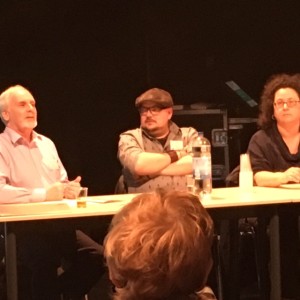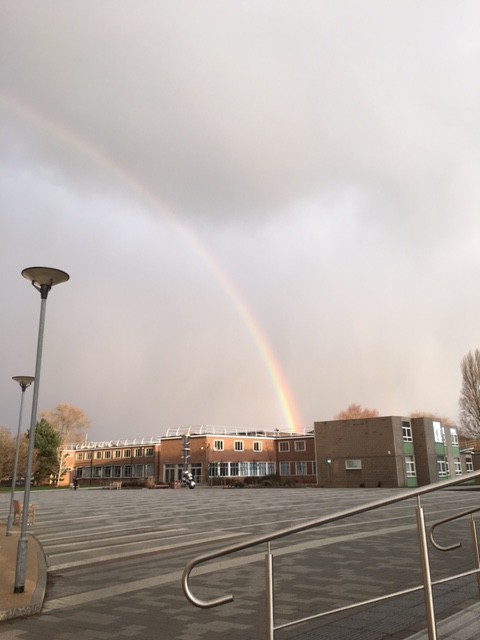As a self-published author, it’s your responsibility to make sure your book is as good as it can be. An editor can help to make your book look professional instead of amateurish.
Editing your own work: getting off to a good start
Many people will tell you that you can’t edit your own work. That’s correct; you need a fresh and impartial pair of eyes. What you can do, though, is get your work into the best possible shape before you hand it over to an editor. This will save them time and, more importantly, you money!

Ask your peers – other writers – for their opinions. Join local writing groups. Meet writers online and ask them to have a look at one or two chapters for you. Don’t be shy about getting feedback from your fellow writers.
Every writer is focused on their own work, so make sure you contribute something back to the community by returning the favour for others.
Now is also a good time to write a synopsis. This is a skill in itself, so practice is good. Don’t forget that a synopsis is different from a blurb – it should be about one A4 page long, contain all the major plot points and describe what happens in your book. Don’t worry about spoilers!
Writing a synopsis is a great way of identifying weaknesses or plot holes. Read it out loud. Does it ramble or sound boring? Do things seem to happen for no reason? Maybe you just need to tweak the synopsis, or maybe you need to go back to the book and make some changes there.
When you feel happy with your book, that’s the right time to look for an editor. But wait! Do you know what you’re asking them to do, and does that match up with what you need?
Different types of editing
Think about what you expect an editor to do for you. For instance, you might envisage them:
• making sure the spelling is correct
• making the writing ‘flow’
• improving your style by, for example, removing excess adjectives or pointing out clichés
Or you might picture your editor:
• suggesting ways to make the dialogue less clunky
• helping to reveal the motives of the villain
• flagging up areas where the timeline or chapter ordering makes the story unclear and suggesting solutions
These are all things an editor could do, but they are different types of requests and may need different types of editors.
A structural or developmental editor will look at ‘big picture’ stuff like plot, characterisation, themes, voice, dialogue, pace and flow. They’ll look at how everything fits together and pick up on major inconsistencies and inaccuracies.
A copy-editor will look at spelling, punctuation, grammar, style, consistency, wording and legal issues. Their job is to get your manuscript ready for typesetting. They’ll help you make sure your work is accurate and fit-for-purpose.
There may be some crossover between those types of editing – a copy-editor might query plot holes and a developmental editor might flag up grammatical ‘tics’ – but, in general, developmental editing looks at the big picture and copy-editing looks at the fine details.
If you choose one type of editing when you really need the other, it’s frustrating for all concerned. No editor wants to spend hours correcting your spelling only for you to rewrite or delete entire chapters. And you don’t get the result you wanted.
What type of editor do you need?
‘But wait!’ I hear you cry. ‘I can’t afford all these rounds of editing! What should I prioritise?’
I’m a copy-editor, so naturally my advice would be not to skimp on the copy-edit. A lot of developmental work can be done in advance with feedback from other writers. That’s not to put down developmental editors – actually, I think they have a harder job than I do! – but if you’re on a limited budget you might only be able to afford one type of editing. No matter how great your book is, it will look terrible if it’s riddled with typos.
A word to the wise: if you’re releasing your book as an ebook only, and not getting it printed, don’t look for a proofreader. A proofreader checks your book after it’s been typeset for print (here is some more information about the difference between proofreading and copy-editing if you’re interested), so if that isn’t going to happen, proofreading isn’t what you need.
I strongly recommend you use an editor who is experienced at preparing manuscripts for conversion into ebook formats, as the requirements for ebooks are quite different from those for print.
How to find the right editor for you
Look no further! I specialise in working with self-publishing and ‘DIY’ authors. I’ll help you to get your book ready for ebook conversion and distribution, as well as for printing if necessary.
If for some inexplicable reason you don’t want me to edit your book, look for someone who has worked on similar projects. Your country’s industry body for editors may have a directory you can use (in the UK this is the SfEP Directory of Editorial Services). You can also ask other self-published authors for their recommendations.
Don’t be afraid to ask questions! Prepare a list before you make an approach. You have every right to query anything you don’t understand.
Pricing
Don’t be put off if an editor doesn’t list prices on their website. Some charge per word or per thousand words; others, like me, base their charges on how long the job is likely to take, so they won’t be able to give you a quotation until they’ve looked at your manuscript. Neither approach is ‘better’ than the other; they each have their pros and cons and both methods are used by professionals.
It’s time to go ahead!
A good editor should respond to your enquiry within a reasonable length of time. They should be upfront about the likely cost and clear about what they can do for you. It’s important for both of you to be confident about the scope of the work. Most editors will have terms and conditions; ask to see them before work starts.
They should send you a sample edit of part of your work to give you an idea of their approach. You can decide whether they’re a good fit for you and whether they respect your ‘tone of voice’.
Once you’ve found an editor who is on your wavelength, it’s time to go ahead! Stay tuned for my next blog post about how to work with your editor to get the most out of their service.



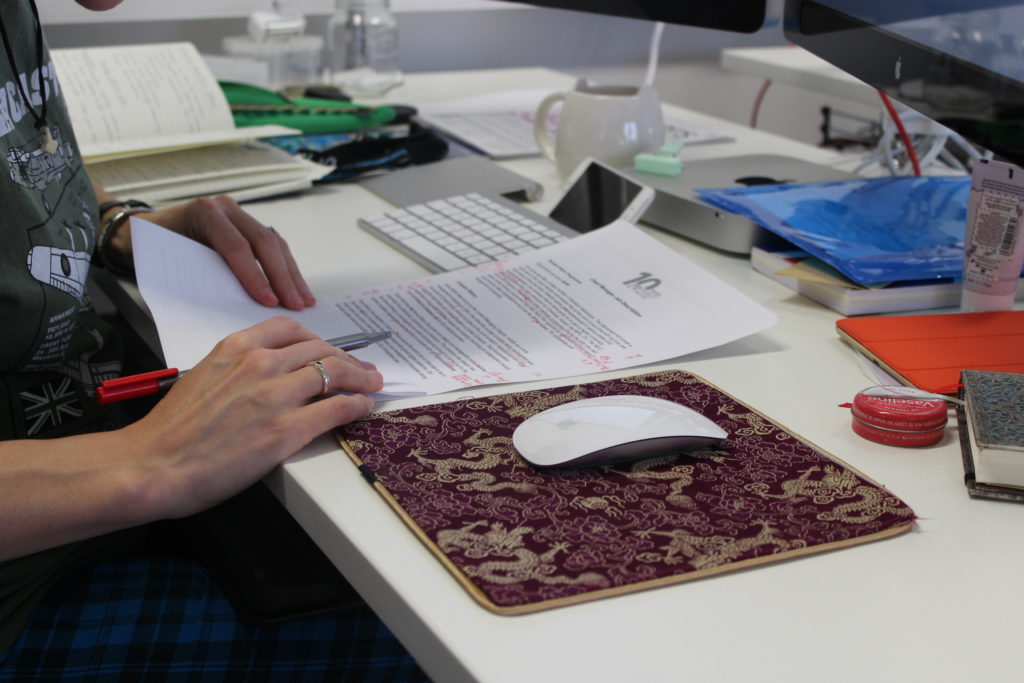 I advertise proofreading and copy-editing services and I try to be clear about exactly what you get for your money with each service. I don’t want to bore potential clients to death before they’ve got half-way down the page, though! If you’re not sure about the difference between proofreading and copy-editing and you’d like to know more, read on …
I advertise proofreading and copy-editing services and I try to be clear about exactly what you get for your money with each service. I don’t want to bore potential clients to death before they’ve got half-way down the page, though! If you’re not sure about the difference between proofreading and copy-editing and you’d like to know more, read on …
